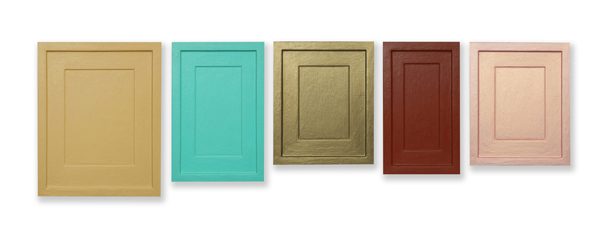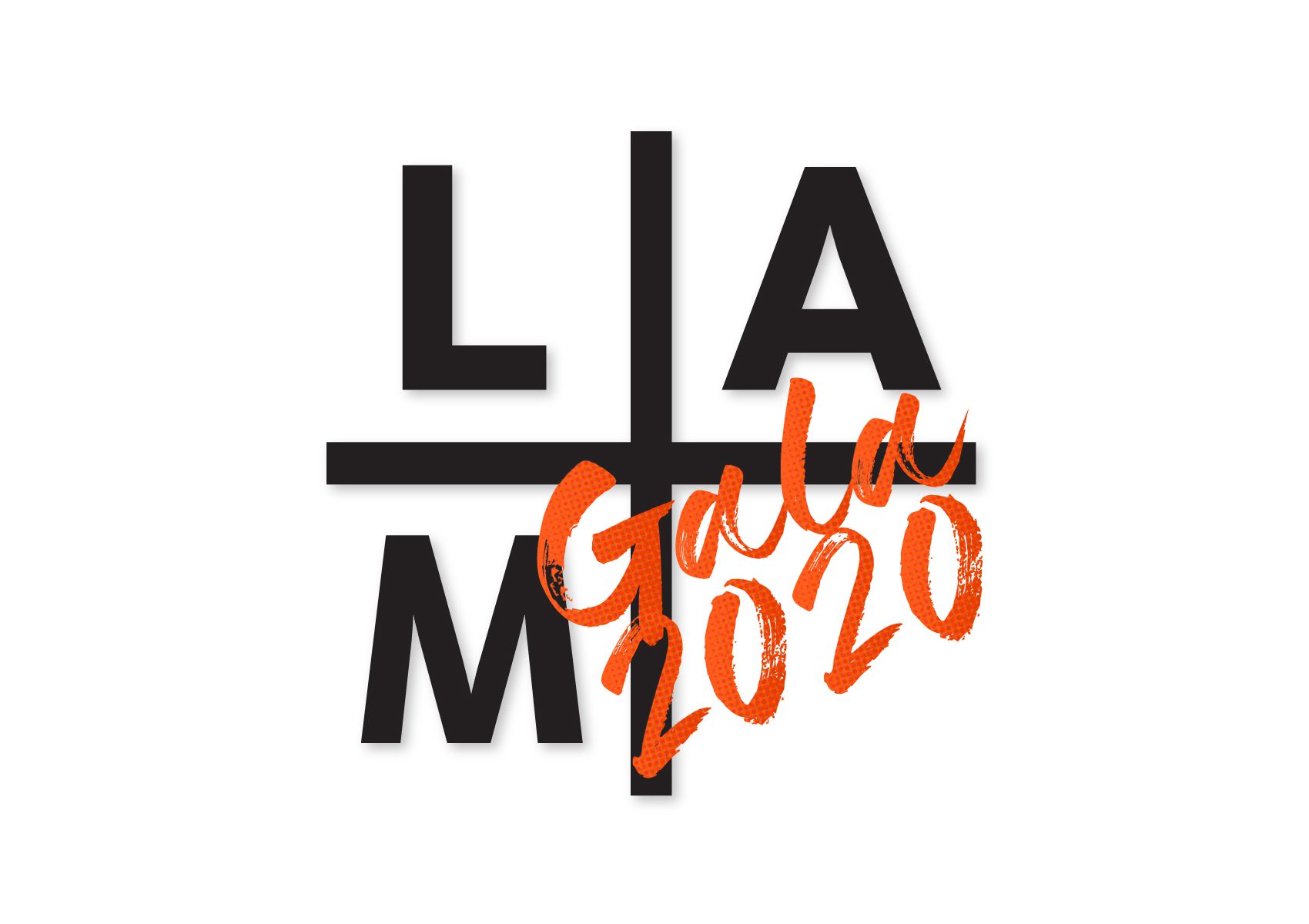5 Coloured Surrogates (set #1)

Allan McCollum
5 Coloured Surrogates (set #1)
Hydrostone and enamel, 1987
20 1/4 x 70 1/12 inches
Gift of Dr. John Menkes in memory of Joan Simon Menkes
2002.002.023
In the late 1970s, his Surrogate Paintings series hit a chord, as it was a time in the art world when semiotics, or the study of signs and symbols, was having a strong influence on the new avant-garde. One important symbol that drew attention was the painting itself. For McCollum’s subsequent series, Plaster Surrogates, the parts of a painting—frame, matte, and picture—were cast out of plaster as one object and painted a single color. Since the frame and the “picture” are one and the same in all of the pieces, he brings into question traditional notions associated with art making, such as originality. McCollum questions the importance of a single author and the implications of art made in an assembly-line fashion; since the works seemingly are produced in bulk, what kind of value can be assigned to them in a fine art marketplace that primarily defines worth by uniqueness?
Although the works are made in a factory-like manner, which involves repetitive labor and a studio assembly line, none of the works are actually the same. Only the process of making them is consistent. In this respect, McCollum assesses the importance placed on the handmade versus the manufactured. In addition, the works are usually hung close together, a manner that suggests the salon style common in museums and private salons prior to the twentieth century, that is, before modernism. Along with the references to a picture’s parts—frame and framed image—their hung style is a reference to how we have been trained to “know that we’re looking at art.”






